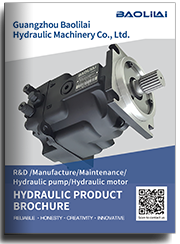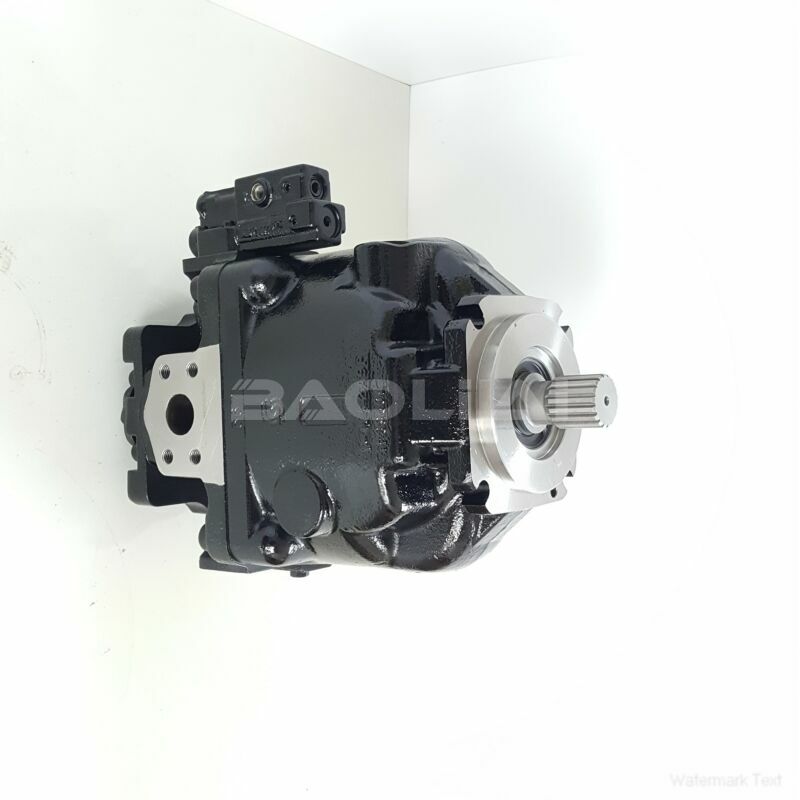ERR100BRP2020NNN3S2BPA1NNNNNNNNNN piston pump
ERR100BRP2020NNN3S2BPA1NNNNNNNNNN piston pump

- Product Details
- Applicable Scene
Severe leaks: Require immediate attention to prevent fluid loss and ensure system integrity.
ER-R-100B-RP-20-20-NN-N-3-S2BP-A1N-NNN-NNN-NNN
ERR100BRP2020NNN3S2BPA1NNNNNNNNNN
Evaluate Pump Components

83058253
If the fluid levels and quality are adequate and there are no noticeable leaks, focus on the pump components. Inspect the following areas:
Pump housing: Look for cracks or signs of wear that may prevent proper operation.
Drive shaft: Ensure that it is securely connected and functioning without any unusual play or wobble.
Suction strainer: A clogged strainer can restrict fluid flow. Clean or replace it as necessary.
Relief valve: If the valve is stuck or malfunctioning, it can lead to excessive pressure, damaging the system.
Monitor System Pressure
Using a pressure gauge, check the hydraulic system’s pressure while the equipment is operating. Low pressure could indicate a pump malfunction or internal leaks. On the other hand, excessive pressure may signal a blockage or a faulty relief valve. Comparing the readings to the manufacturer’s specifications will help uncover discrepancies.
Test the Pump Functionality
To diagnose pump issues more accurately, perform a pump flow test. This involves running the pump and measuring the fluid output against the expected flow rate. A significant difference may indicate pump wear or damage, requiring repair or replacement.
Seek Professional Assistance
If troubleshooting these steps does not resolve the issue, it may be time to consult a hydraulic specialist or technician. They will have the expertise and equipment to conduct a more in-depth analysis, ensuring a thorough diagnosis and effective repair.
Conclusion
Troubleshooting hydraulic pump issues in agricultural equipment is vital for maintaining optimal performance. By systematically identifying symptoms, checking fluid levels, inspecting for leaks, evaluating components, monitoring pressure, and testing functionality, you can effectively diagnose and address problems. Regular maintenance and prompt attention to hydraulic issues can enhance the longevity of your agricultural machinery and improve efficiency on the farm.





